“Nature-based and Bankable Nature Solutions for Environmental Sustainability”
November 13th - 17th, 2023: National Carbon Monitoring Centre - Sokoine University of Agriculture, Tanzania
Between 13th and 17th, November 2023, the UNESCO Chair on Ecohydrology and Transboundary Water Management of Sokoine University of Agriculture (SUA) organized the 5th International Training on Ecohydrology in Tanzania. The one-week training was conducted at National Carbon Monitoring Centre (NCMC), Sokoine University of Agriculture, Morogoro Tanzania. Figure 1 shows the group photo taken at IAGRI building where the UNESCO Chair’s office is located.
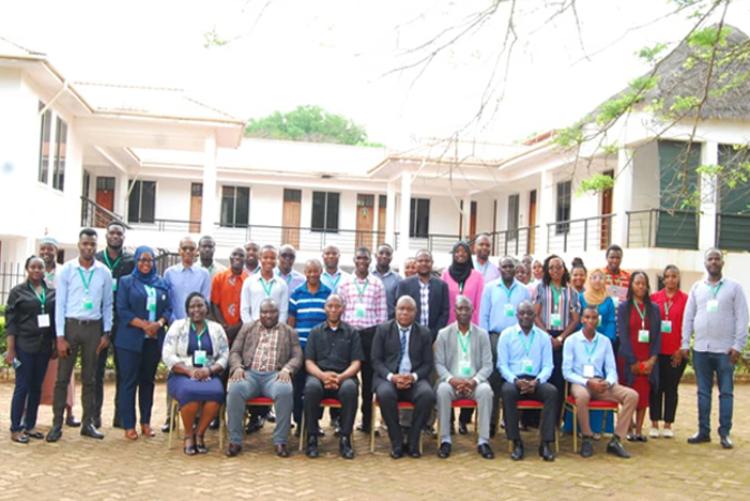
Figure 1: Group photo with the Guest of Honor, Prof. M. W. Mwatawala - Deputy Vice Chancellor (ARC).
The main focus of the training was to impart knowledge on the practical application of nature-based and bankable nature solutions for environmental sustainability.
The training comprised of:
- The Use of Ecohydrology as Nature and Bankable Nature Solution to Ecological Sustainability
- Impact of Climate Change in The Banking Sector and Role in Disaster Risk Reduction
- Ecohydrology Scientific Framework for Low-cost Advanced Nature-Based Solutions
- Harmonizing Ecohydrology and One Health; Fostering Ecosystem Health and People's Prosperity
- A Land Scape Approach for Carbon Finance for 4 Returns
- Training in an Ecohydrological Model to Identify the Best Locations for NBS
- The Nexus Between UN Sustainable Development Goals and Ecohydrology
- Ecohydrology and Hydroclimatic Resilience
- Introduction to French Language for Beginners
- Environmental Assessment Practices: Current Approaches Challenges and Future Directions
- Holistic Management of UNESCO Designated Sites
- Impact of Climate Change in The Banking Sector and Role in Disaster Risk Reduction
- Sustainability and Nature based solutions
Introduction
Our world faces many major challenges with regards to sustainable flow of ecosystem services. The negative impacts that arise from biodiversity loss and climate change are felt by nature and people across the globe. The number of natural disasters increases, pandemics rise, extreme weather conditions, wildlife and other species are in decline. Healthy nature and ecosystems are key for human wellbeing, development and environmental sustainability. The Sustainable Development Goals (SDGs) have been set up to counter the stated challenges. Yet, as the World Economic Forum points out there is a US$ 2,5 trillion investment gap per year, as only US$1,4 trillion of the required US$3,9 trillion is invested each year to reach the SDGs by 2030. For preserving and restoring ecosystems alone, the required investment is estimated between US$300 billion to US$400 billion, here as, only US$52 billion is being invested in such projects. With money only from governments and philanthropy we will never be able to fill this funding gap. Some asset managers and conservation experts have suggested that the private sector (especially banks and other financial institutions) could close more than half of this funding gap by setting up profitable enterprises with a positive impact to the nature and environment too.
Building conservation and nature-based solutions (NbS) and bankable nature solutions (BNS) into projects represents a massive opportunity. We need to work with companies, band and other financial institutions and local stakeholders to develop NbS and BNS. Through this way, we can deliver impacts that reduce pressure on ecosystems, drive resilience and sustainability for both people and nature, while generating positive financial returns for communities and investors. That is why different conservation organizations are working effortlessly under the umbrella of NbS and BNS to set up conservation and bankable projects across a wide array of landscapes. Part of this work is done through mobilising funds for climate and development programs. Through initiatives, we can be instrumental in getting NbS and BNS underway and to serve as a catalyst for other conservation and bankable projects around the world.
Rationale for the Nature-based solutions (NbS) and bankable nature solutions (BNS)
Nature-based solutions (NbS) and bankable nature solutions (BNS) help to plan, deliberate the use of ecosystem services to improve flow of ecosystem services and increase resilience to climate change and variability. They are typically adopted to bring about more sustainable conservation outcomes. They contribute to the improved management of nature conservation of ecologically sensitive environments and managing critical ecosystems. For instance, NBS have the ability to improve the income of poor people thereby prohibiting them from degrading nature and the environment as a whole. The two approaches entail sustainable management and use of natural features and processes to tackle socio-environmental challenges. These are actions to protect, sustainably manage and restore natural or modified ecosystems, that address societal challenges effectively, adaptively, simultaneously providing human well-being and biodiversity benefits. The two can also be integrated to enhance landscape conservation, restoration and bring about positive financial cash flows that can be used to attract for profit investors.
The link between NbS, NBS and Ecohydrology
The use of NbS and NBS in solving environmental problems is crucial for optimizing the sustainable flow of ecosystem services for ecological and societal needs. This is also reflected in the Sustainable Development Goals of the 2030 Agenda which needs a sound problem-oriented scientific background dealing with hydrology and ecosystem sustainability in an integrated manner and a solution-oriented problem solving science (i.e. Ecohydrology). This science seeks to understand the underlying water-biota interactions and then to use the ecosystem processes as management tools from molecular to river basin scales. Ecohydrology also calls for maintaining notions of conservation for pristine ecosystems and expands efforts for regulation of Ecohydrological processes at novel ecosystems (human modified) in order to reinforce the sustainability potential (carrying capacity) and to achieve sustainability of water-related ecosystems in terms of water resources, biodiversity, ecosystem services and resilience to global change and anthropogenic stress.
Objective of the training
The training equipped trainees with ample knowledge NbS and NBS for environmental sustainability, societal needs and ecosystem resilience. Furthermore, trainees were imparted with skills on human-nature relations and how to deal practically with environmental challenges using NbS and NBS for ecological sustainability and societal needs.
Participants comprised of BSc, MSc and PhD students from Tanzania (Sokoine University of Agriculture, University of Dar es Salaam, Ardhi University and University of Dodoma); Senegal (Grand University of Cheikh Anta Diop); Uganda (Makerere University) and Ethiopia (Wollo University); Banks (e.g. National Microfinance Bank and Diamond Trust Band); Ministry of water (Pangani Basin Water Board); Ministry of Natural Resources and Tourism (Ngorongoro Conservation Area Authority); Eastern Arc Mountain Conservation Endowment Fund; District Councils; Non-Governmental Organizations (NGO’s); and the private sector.
On the other hand, facilitators came from Sokoine University of Agriculture (SUA -Tanzania), UNESCO Dar es Saalam Office (Tanzania), European Regional Centre for Ecohydrology and University of Lodz (Poland), Wetland International (The Netherlands), Tanzania Forest Research Institute (TAFORI - Tanzania), University of Lyon (INRAE–France), African Wildlife Foundation (AWF -Tanzania) and the private sector.
Highlights of the training
The training started by UNESCO Chair holder giving some remarks on the historical background of the Chair, achievements, constraints and way forward (Figure 2).
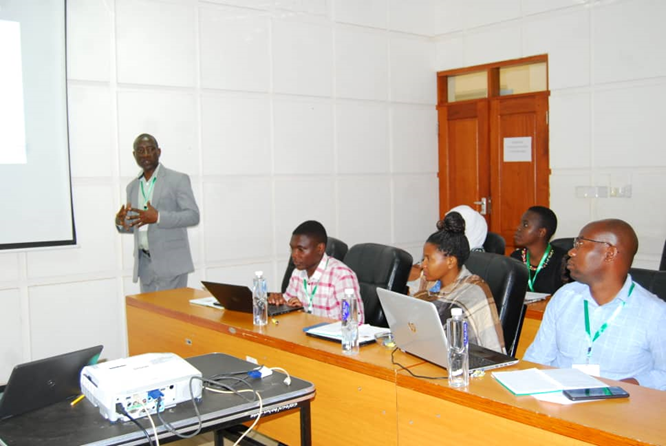
Figure 2: The UNESCO Chair highlighting key issue on the historical background of the Chair
Thereafter, after self-introduction, the Guest of Honor (Prof. M.W. Mwatawala (DVC-ARC), gave the opening speech by encouraging young scientists (especially students) to value the environment and make use of the knowledge from the training for the future of this planet (Figure 3).
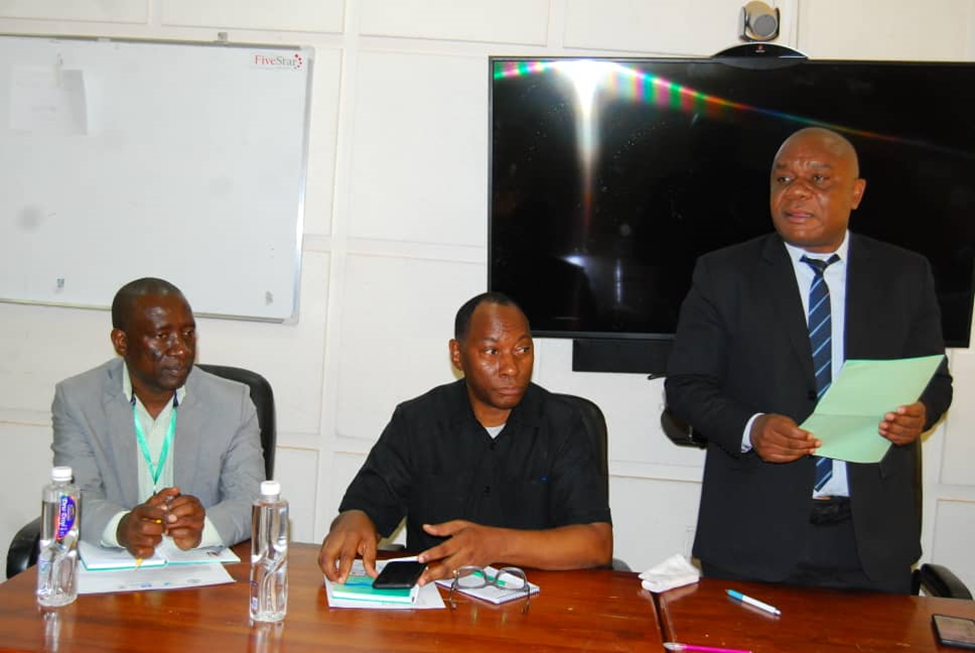
Figure 3: From left to right: Dr. Makarius C.S. Lalika (Chair holder), Dr. Geofrey Karugila (Principal of CONAS) and Prof. M.W. Mwatawala the Guest of Honor and DVC-ARC.
The Assistant Chairholder of the UNESCO Chair Ecohydrology and Transboundary Water Management of Sokoine University of Agriculture Mr. Antidius Raphael presenting on Ecohydrology principles and the role of phytoremediation in Ecohydrology (Figure 4).
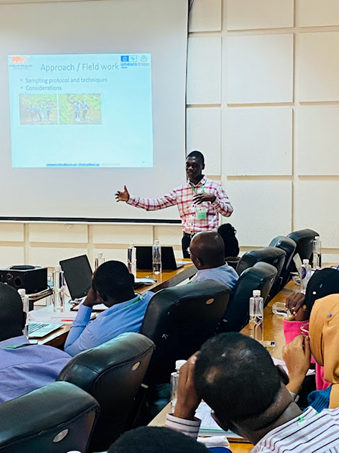
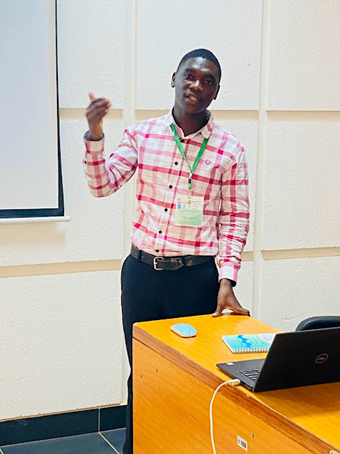
Figure 4: Assistant Chairholder Mr. Antidius Raphael
Dr. Pascal Breil and Dr. Enock Chambile highlighting some key issues on “Ecohydrological Model to Identify the Best Locations for NBS” and “Environmental Assessment Practices: Current Approaches Challenges and Future Directions” respectively (Figure 5).
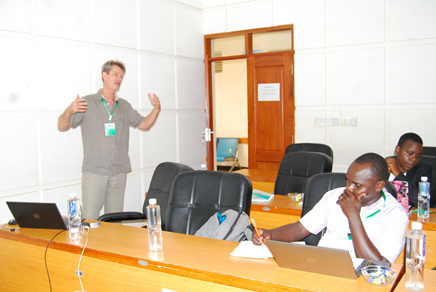
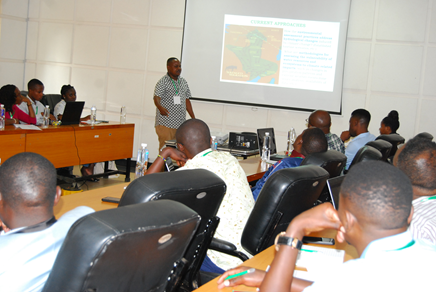
Figure 5: Dr Pascal Breil and Dr. Enock Chambile presenting during the training
Mr. Keven Robert from UNESCO Dar es Salaam office presenting on “The Nexus Between UN Sustainable Development Goals and Ecohydrology” whereas Ms. Eva Moshiro presented the link between Ecohydrology and one health (Figure 6).
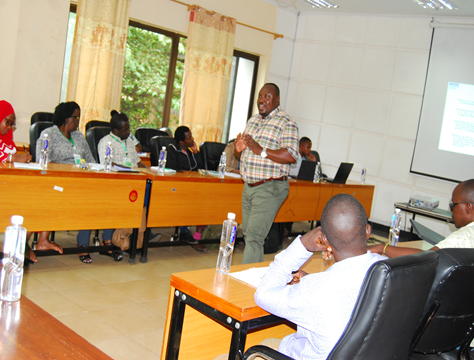
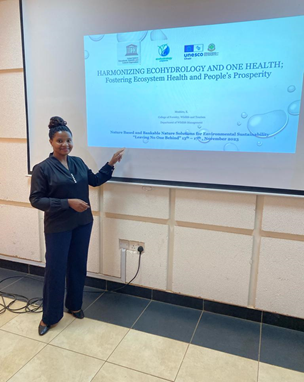
Figure 6: Mr. Keven Robert from UNESCO Dar es Salaam and Ms. Eva Moshiro from Sokoine University of Agriculture sharing their research findings with
participants
The event involved also group work on different topics of the training. Later on representatives presented the outcome of their discussion (Figure 7).
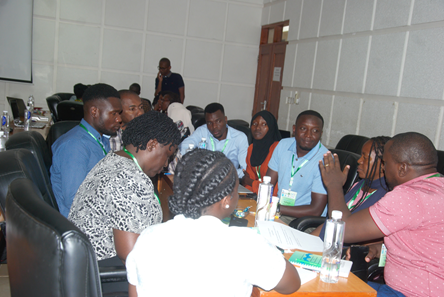
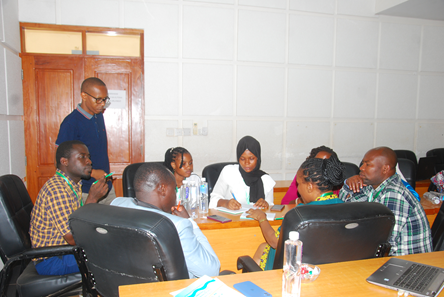
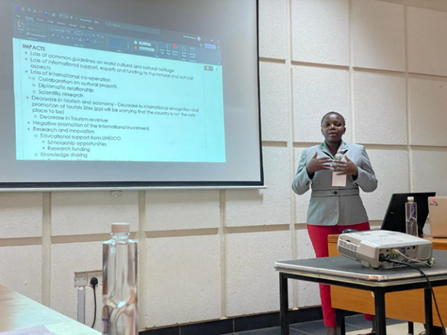
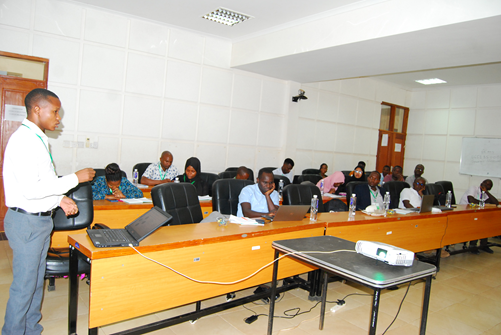
Figure 7: Group work and presentations
Some of the trainees had the opportunity to share their expertise, achievements, experiences and excitements (Figure 8).
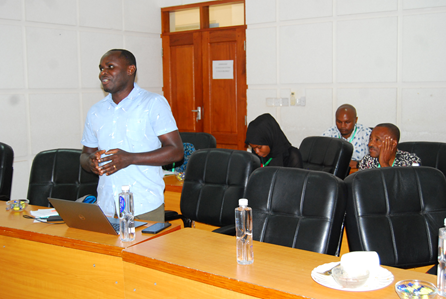
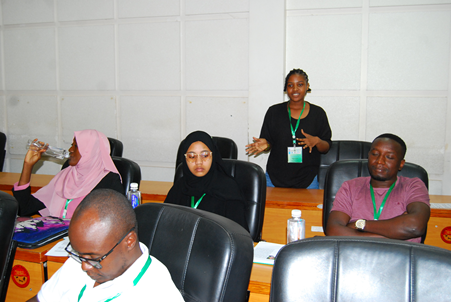
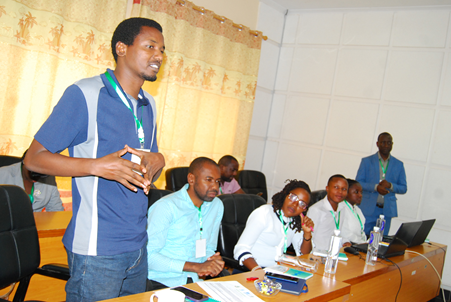

Figure 8: Trainees sharing achievements, experiences and challenges
Expert in French language was also invited to train participants of this particular 5th international training on Ecophysiology.
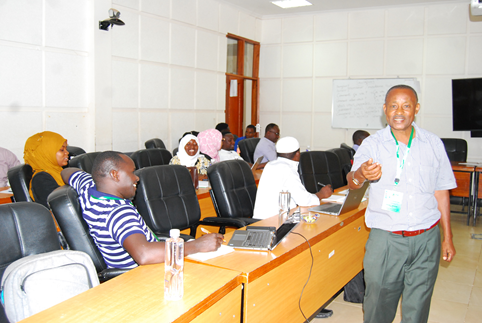
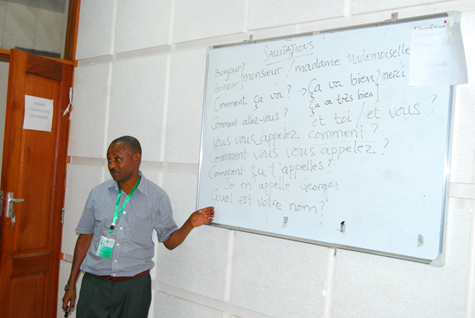
Figure 9: Mr. George Mbawala from the private sector sharing his experience in French language
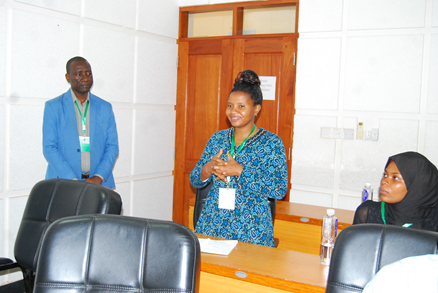
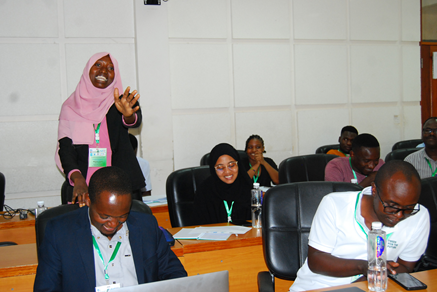
Figure 10: Ms Eva Moshiro from the Department of Wildlife Management and first year student in aquaculture Ms Mwamisa Kharid Shabani giving their views
about the training
Furthermore, trainees from abroad shared their experience about their home institutions and on-going projects relevant to Ecohydrology (Figure 11).
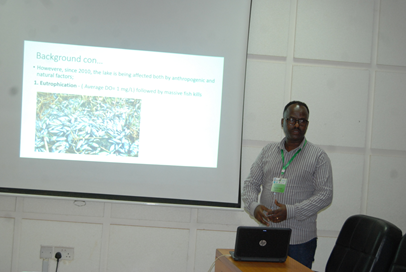
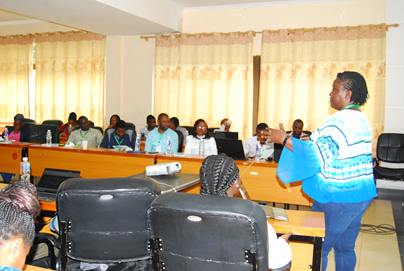
Figure 11: Dr. Asseffa Tessema and Dr. Patience Tugume from Wollo and Makerere University respectively explaining about their home institutions
Before the closing ceremony, representative of trainees gave vote of thanks by highlighting key issues and the knowledge gained from the training (Figure 12).
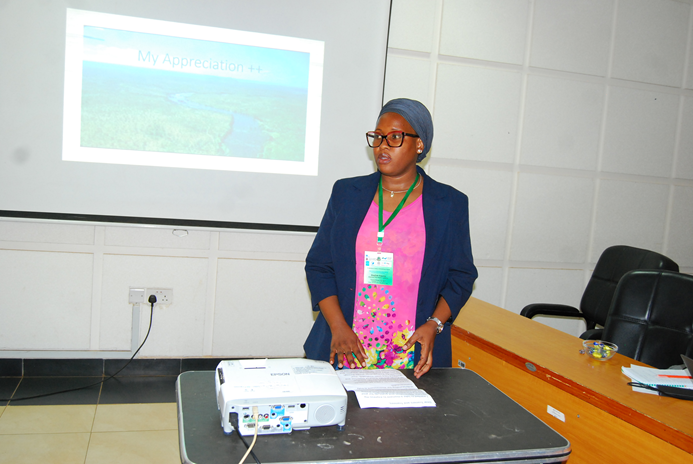
Figure 12: Ms. Sheila Kajuna from Diamond Trust Bank giving the vote of thanks during the closing Ceremony
Photos of the closing ceremony (Figure 13)
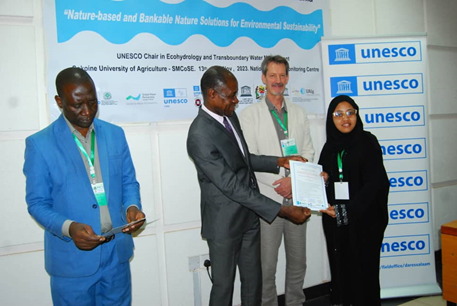
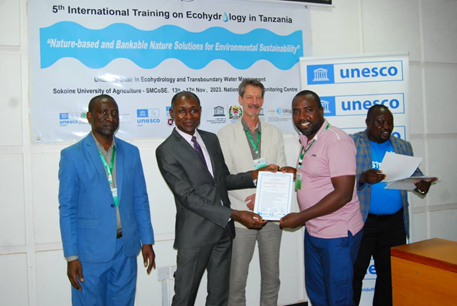
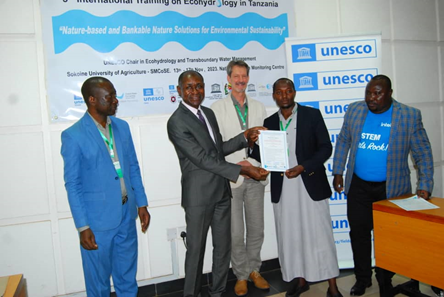
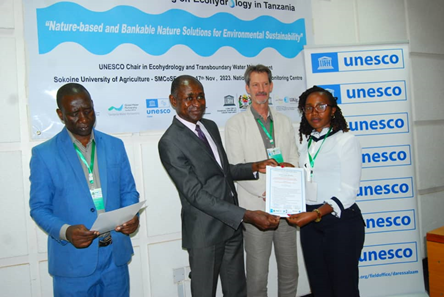
Figure 13: Trainees receiving certificate of attendance from Mr. Michel Toto (UNESCO Representative and Head of Office, Dar es Salaam Tanzania
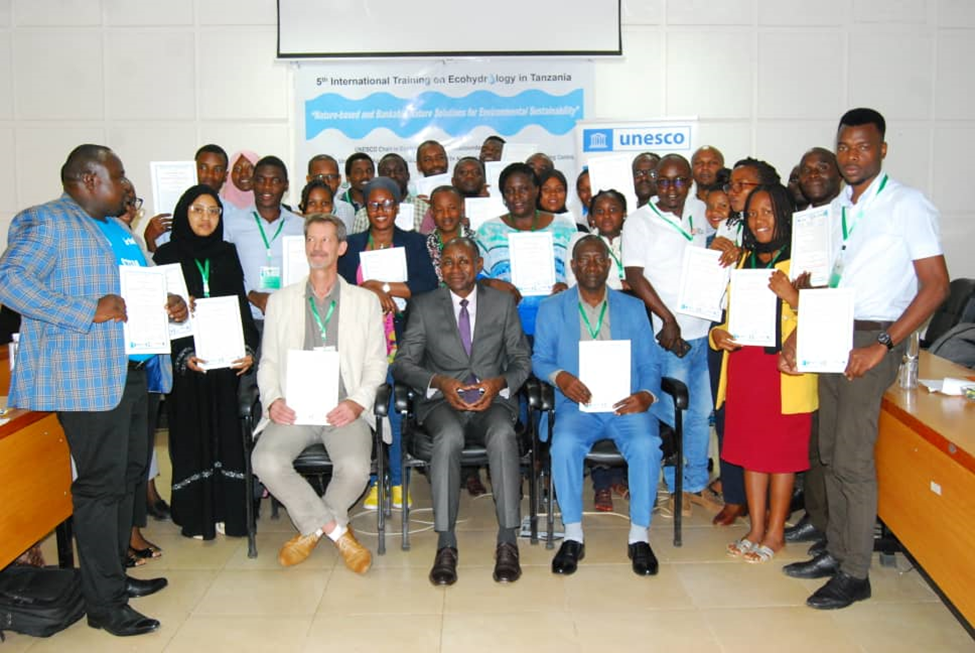
Figure 14: Group photo after receiving certificates
More photos of the training (Figure 15)
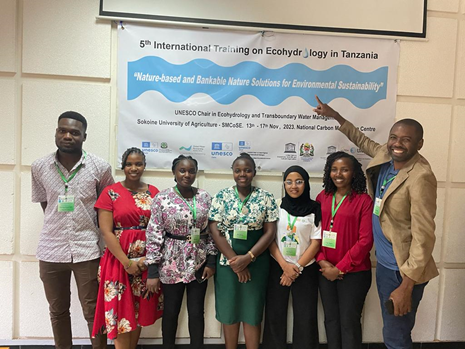
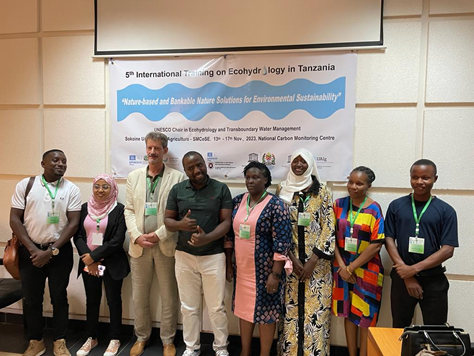
Figure 15: Trainees and instructors posing for photos
Success stories and future plans
After successful evaluation, the UNESCO Chair has been granted another four (4) years until 31 December 2027 with ID number 2019TZ1378.
For the first time since its establishment, the chair hosted trainees from abroad (e.g. Senegal, Ethiopia and Uganda). The UNESCO Chair is working on the next training that is scheduled to take place around March, 2024.
The chair is finalizing the curriculum for MSc in Applied Ecohydrology and Wetland Management and preparation of proposal for a demosite along Mara River Wetland.
For more information and clarification contact:
Dr. Makarius C.S. Lalika
UNESCO Chair on Ecohydrology and Transboundary Water Management,
Sokoine University of Agriculture, IAGRI Building, Ground Floor, Office No 17,
P.O. Box 3038 Morogoro TANZANIA
E-mail: lalika_2mc@sua.ac.tz; makarius.lalika@yahoo.com
Whatsap: +255 754 201 306




